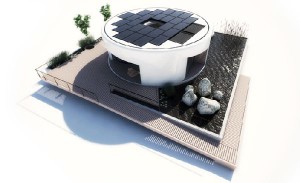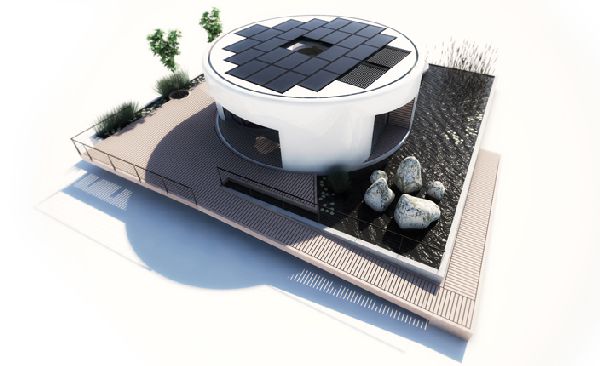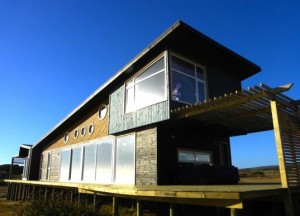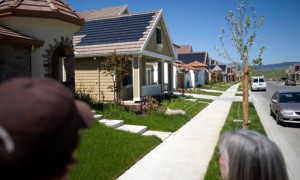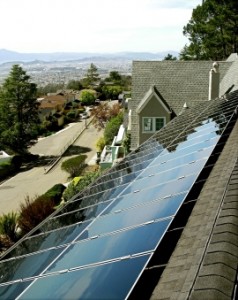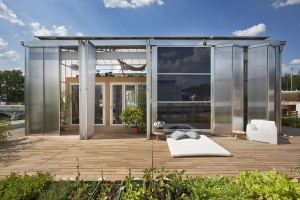It seems like the ultimate in green technology for an emissions-savvy citizen of the 21st century: solar panels on your roof, providing carbon dioxide-free electricity whenever the sun is shining. But as huge utility-scale solar and wind projects continue to make news and the economy continues to struggle, the state of the residential solar sector in the United States remains decidedly mixed.
From the first quarter of 2010 to the fourth quarter, installations of U.S. residential solar systems rose from 62 megawatts to 74 megawatts (enough to power about 15,000 homes), and the Solar Energy Industries Association reports that the first quarter of 2011 saw similar gains over the same period in 2010. Considering that the total installed solar capacity in the U.S. — residential, commercial, and industrial-scale of all types included — still hasn’t cracked 3,000 megawatts (enough to power roughly 600,000 homes), this feels like progress.
Yet if you look at residential solar’s share of the total U.S. solar market, the picture is less bright. In 2009, 36 percent of all installed solar systems were on homes; this dropped to 30 percent in 2010, and some experts think that will continue to fall.
(more…)
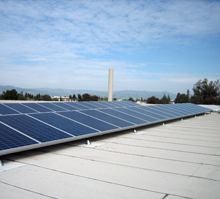
 Follow
Follow